Browsing through Scotiabank CONTACT Photography Festival’s website Fire and Dust caught my eye at first glance. What strange pictures! Ryan Van Der Hout’s dark, monochromatic photographs create an inescapable mood of death and sadness, but having Amanda Arcuri’s colorful pieces displayed with them gives hope—at least for a short time, until we see what it’s all about. Fire and death – again. After looking at the whole exhibit it is hard to decide whose photographs are more disturbing.
Burke Paterson, Director of United Contemporary curated this show and pinpointed its connection to our current situation with COVID, as a period of great upheaval. He starts the gallery’s introduction to the exhibition with a question, “What happens to the artifacts of the civilized world when they no longer serve a purpose? Are they burned to the ground or left to collect dust?” This question goes back centuries and is not an easy one to answer. However, in their exhibition, Arcuri and Van Der Hout give a “unique yet complementary interpretation of destruction as a form of creation”.
Installation view of Fire and Dust at United Contemporary, 2021
The two Toronto based artists met through their education and as Van Der Hout said recently on United Contemporary’s Instagram, they were brought together by similar subject matter: the darkness, the lightness and destruction. Their processes are related and Van Der Hout was interested in how their work would show together.
Fire in the title of the show stands for Amanda Arcuri’s work as each piece depicts flowers on fire. All the images are beautiful in their vivid colors but looking at them still gives me mixed feelings. Fire is an ambiguous symbol. Humans have always been amazed by it. We give the flames the status of a god, and admire it more than fear it. But fire is a two-faced god, giving life on one hand, but also taking it. It also has a cleansing power; in some places people burn the undergrowth and unwanted vegetation each year so it will enrich the soil for next year’s crops. Fire is also a metaphor for death and rebirth. One of the best examples of it is the phoenix, a mythological bird that dies in flames and then is reborn from its own ashes.
Amanda Arcuri, A Shot in the Dark 17 (The Rianbow), 2020, dibond mounted, C-Print, 30” x 24”
A major part of Arcuri’s exhibited work is the series A Shot in the Dark, that won her the Best Photography and Digital Media Award at the Toronto Outdoor Show in 2019. This work began in 2018 when she was still able to collaborate with a lab. Arcuri said that this series she worked “through failed hopes and rituals of letting go or bringing new life”. When some of the flowers she received as birthday gifts withered, she wrote on Instagram that sometimes you just need to let some things die. The tulips (A Shot in the Dark 07) and irises (A Shot in the Dark 15) are still beautiful even as they decline. They seem to be dying with such grace. In another photograph (A Shot in the Dark 02), the leaves of a plant and the fire consuming it create a rather attractive, imaginary flower.
Amanda Arcuri, A Shot in the Dark 02, 2018, C-Print, White Shadow Box Frame. 12” x 15”; 17” x 20″ with frame
In A Shot in the Dark series dead floral bouquets or plants are ignited by flame in darkness and then lit through a stained-glass window to contemplate transcendence. Arcuri only makes two shots of each on large format film. She said about her subject matter that “there is something about the texture of dried or dying plants that gets me every-time.” Her place is filled with flowers waiting to be photographed and she finds herself attached to them—she just can’t let them go. When asked if she arranges the flowers for the shots, she said, that she never touches them but leaves them in the same position they were when they died. She admires the hand of nature in their wilting and thinks it “shows more emotion and heaviness” than she could impose on them.
Each flower is unique and they react to fire in different ways. For example, dried roses burn at the tips of their petals and leaves and water droplets hidden in them explode in little stars. She also finds it very interesting how flowers move slightly from the first burn to the second, creating a real vs. not real, sometimes even surrealistic look. A Shot in the Dark 11 is a wonderful example of this. The dried-out bouquet is a beautiful arrangement of roses, wild flowers and decorative plants—very life-like with their vibrant colors. However, the flames burn brighter than any of the colors, since it has a different, living quality. This particular photograph captures movements in the flames of the fire and the fall of some flowers, caused by the burning.
Amanda Arcuri, A Shot in the Dark 11, 2019, C-Print with Plexi Pink Frame, 50” x 40”
The Remix series was created during the COVID lockdown, so Arcuri had to invent a different method. It is a continuation of the work in A Shot in the Dark series, but re-worked as the title suggests. “Remixing” two negatives of her older shots created colours that mimicked oil paintings, and, as she said, almost look infected. Comparing the images of A Shot in the Dark 11 and Remix 01, we can see the differences clearly. The colours of flowers in the earlier piece look real, even when touched by the fire, while in the second they are metallic, almost ice-like colours, even though the fire is consuming them. They are further from real, almost to the point of being abstract. In Arcuri’s work, as Burke Paterson commented in the Artist Talk (June 29, 2021), fire is disturbing the peace but the light brings it back.
Amanda Arcuri, Remix 01, 2020, Archival Digital Print on Rag Paper, White Shadow Box Frame, 12” x 12”; 17” x 17” with frame
Van Der Hout works are philosophical questions of life and death, focusing on the afterlife. Does it exist at all? What happens after falling into the abyss? His images depict objects that are already dead and covered with black dust. Death is unmistakable and final here. As the gallery introduction states, they remind us of the relics of Pompeii. The artists explains that he was six years old when his parents went to Pompeii and brought back “photos of a society encapsulated in rock and dust”. Those dramatic depictions stayed with him and influenced his latest series Collecting dust where he tries to “imagine what art looks like after us, what is time after time” and what future generations will see in his work. This series was created during the COVID lockdown and that explains their dark vision.
Ryan Van Der Hout, Ascension, 2021, Archival Pigment Print, 24” x 20”
Van Der Hout’s work indeed reminds us of Pompeii’s remains. These images are manifestations of how everything perishes and enters the afterlife (if there is one) or remains dusty and overlooked, considered as memento moris. They are nothing like a classical still-life, but more like, as the gallery states, ”natures morte”. They tell a story about the passage from past and present to the future, and we are looking at these images as though we are part of the future. Beyond their aesthetic appearance, we still keep wondering about their hidden narrative.
Ryan Van Der Hout, Extinguished, 2021, Archival Pigment Print, 50” x 40”
Van Der Hout’s compositions are reminiscent of Dutch vanitas paintings as they are very layered and heavy with symbolism. Feast (2021) is one of his most still-life-looking images, including many meaningful symbols. The skull represents death and mortality, as we all die, but without death life would be meaningless. Grapes are for fertility, so life will go on. Roses are more complex symbols as they combine death and renewal, while butterflies promise rebirth. All covered with black dust they are, without any doubt, dead, but some hide a hint of hope.
Ryan Van Der Hout, Feast, 2021, Archival Pigment Print, 24” x 20”
Three Graces (2021) is different from the other photographs since it is centralized around a sculpture of the three graces. Talking about his composing method in the Artist Talk, Van Der Hout said that handling an art object (even a copy) is very important for him, not just because of what it embodies but also the feelings it evokes in him. In this photograph the bust on the left side and the three graces represent beauty and show how art is timeless. There is a book for knowledge, as printed words survive the ages, grapes for fertility and a pitcher and glass bottle for drinks in good times.
Ryan Van Der Hout, Three Graces, 2021, Archival Pigment Print, 10” x 8”
As the artist mentioned, his works are all about transformation and, often, destruction. However, while the objects in his photographs are transformed from life to death, from light to dark, they are still not destroyed as they forever encapsulate their meanings and beauty.
In United Contemporary’s exhibition, Arcuri’s and Van Der Hout’s images hang side by side, mixed together instead of separated by artists. Arcuri’s brilliant colors pop out when paired with Van Der Hout’s monochromatic compositions. Together they generate a dynamic opposition, that both unites and highlights their themes.
Installation view of Fire and Dust with Ryan Van Der Hout, Extinguished (left) and Amanda Arcuri, A Shot in the Dark 11 (right)
Our outlook on life has been rather dark throughout the last year and a few months. COVID has caused more harm to the mental health of people than in its death toll. Fear is difficult enough, but being locked down, kept away from our loved ones and not being able to live our lives to the fullest has been even more dreadful. The quality of our lives has been reduced. Our cultural entertainment became virtual like an online exhibition. Arcuri’s and Van Der Hout’s work resonate with our state of mind—depression, repression and confusion—wonderfully well. Their photographs engage our minds and shake us to the core – and will stay with us for a long time.
Emese Krunák-Hajagos
Images are courtesy of United Contemporary
*Exhibition information: Amanda Arcuri, Ryan Van Der Hout, Fire and Dust, featured exhibition of Scotiabank CONTACT Photography Festival, June 11 – July 3, 2021, United Contemporary, 1444 Dupont Street, Unit 22, Toronto. Gallery hours: Thursday – Saturday 12 – 6 pm. The artworks can be viewed on the United Contemporary website or you can book a gallery visit

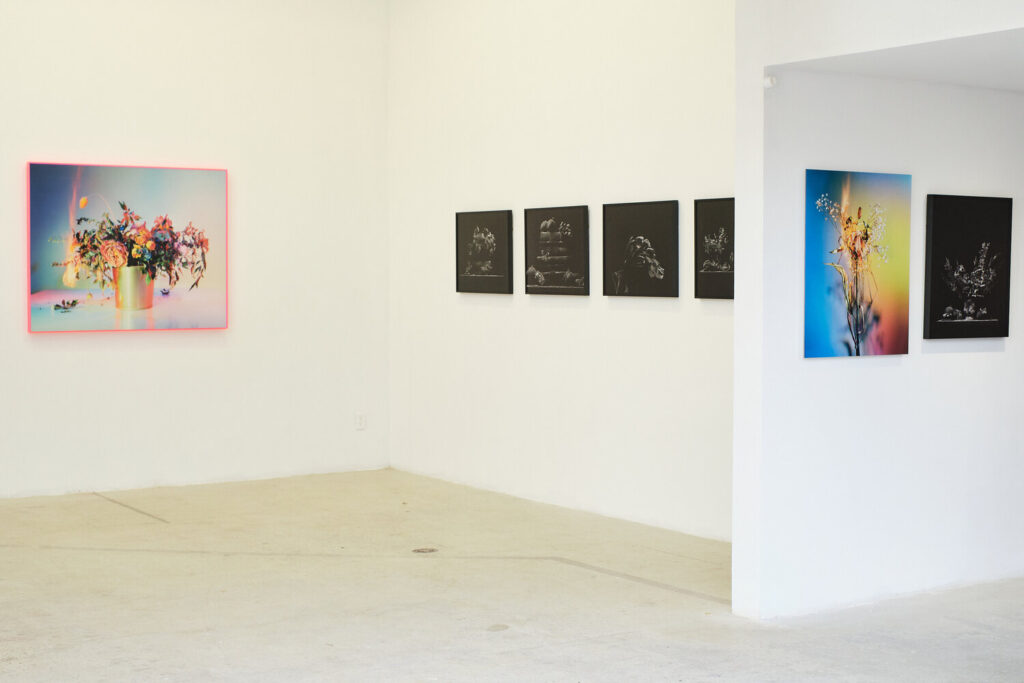
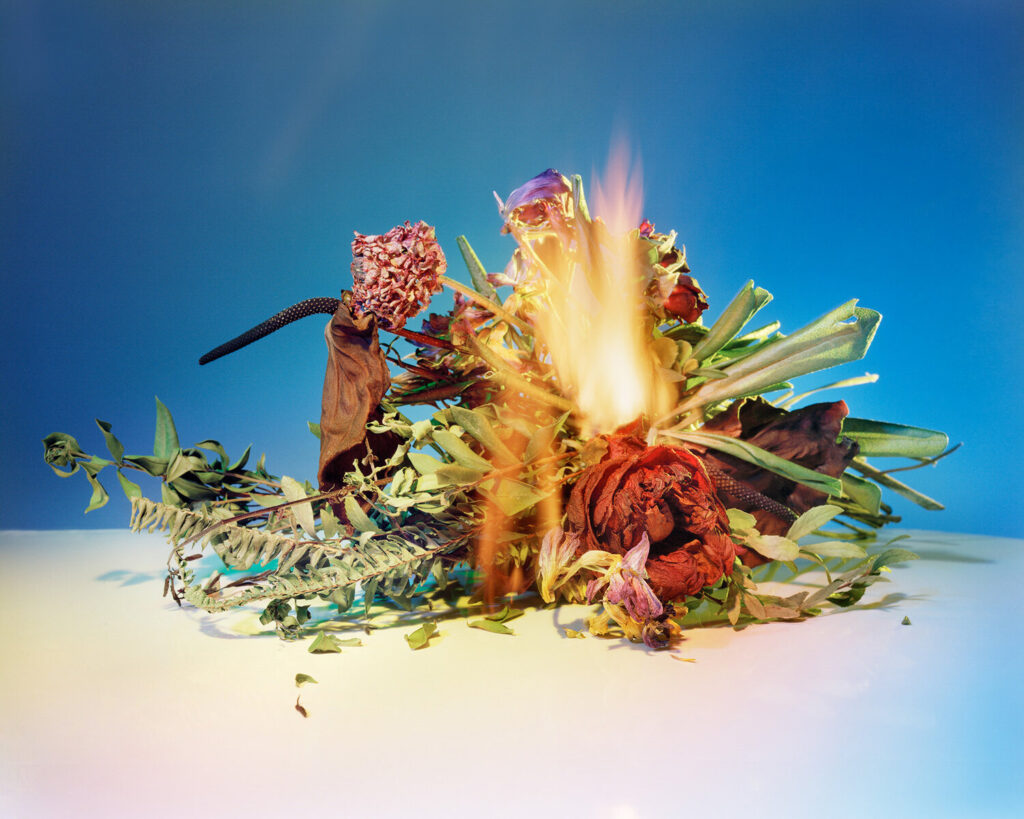
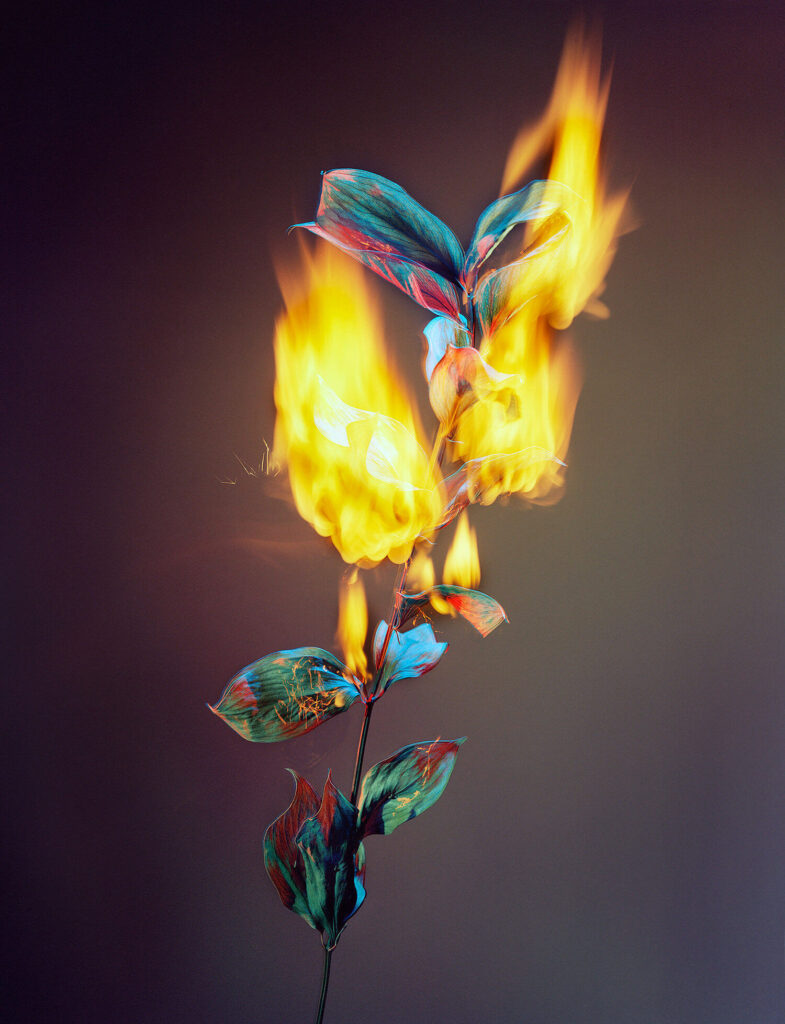
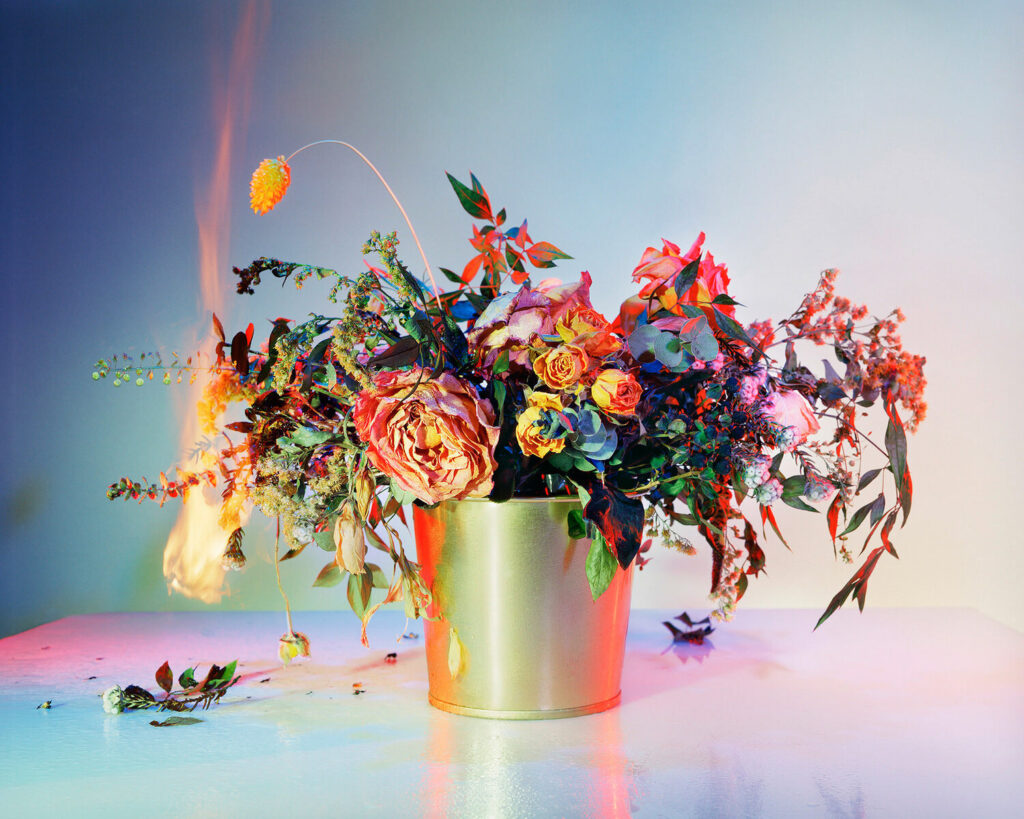
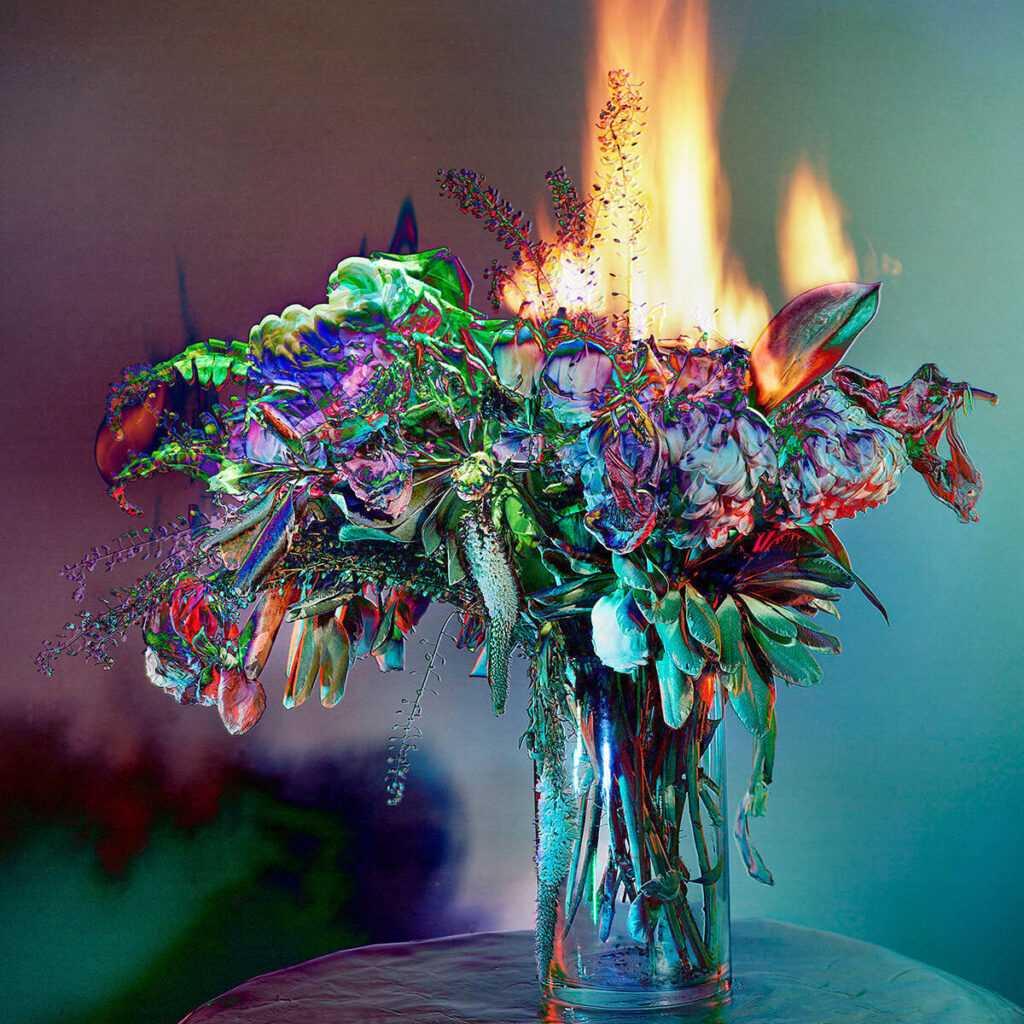
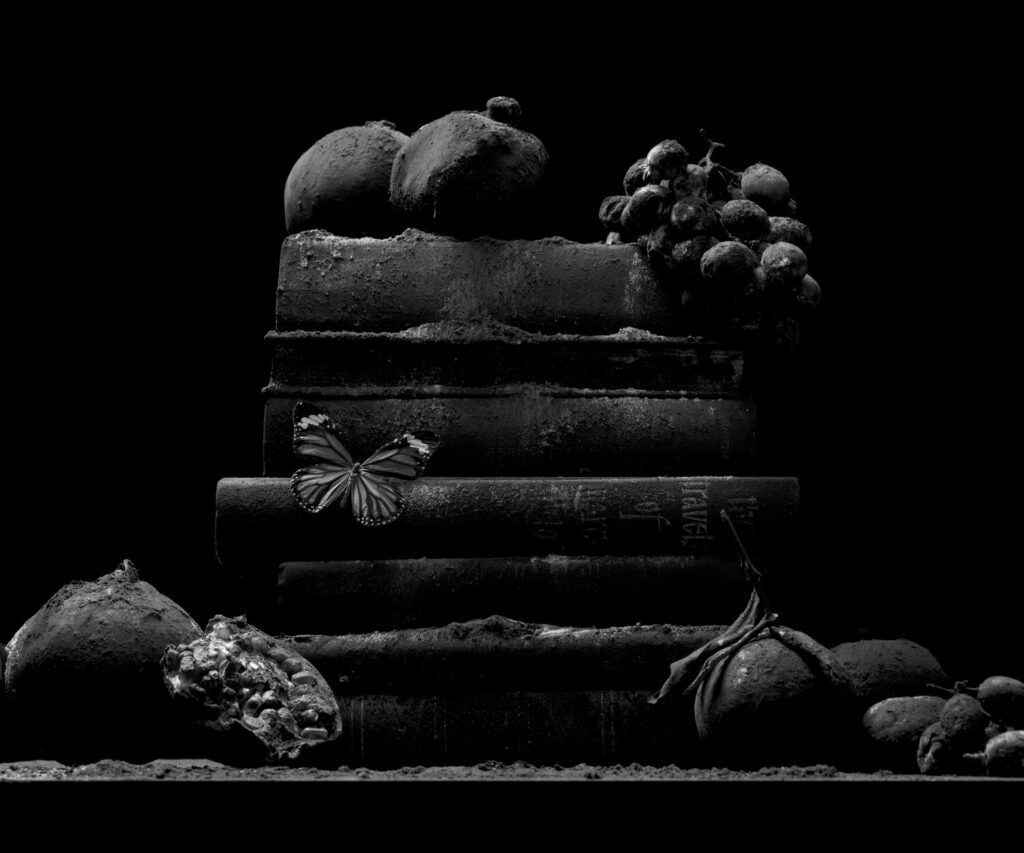
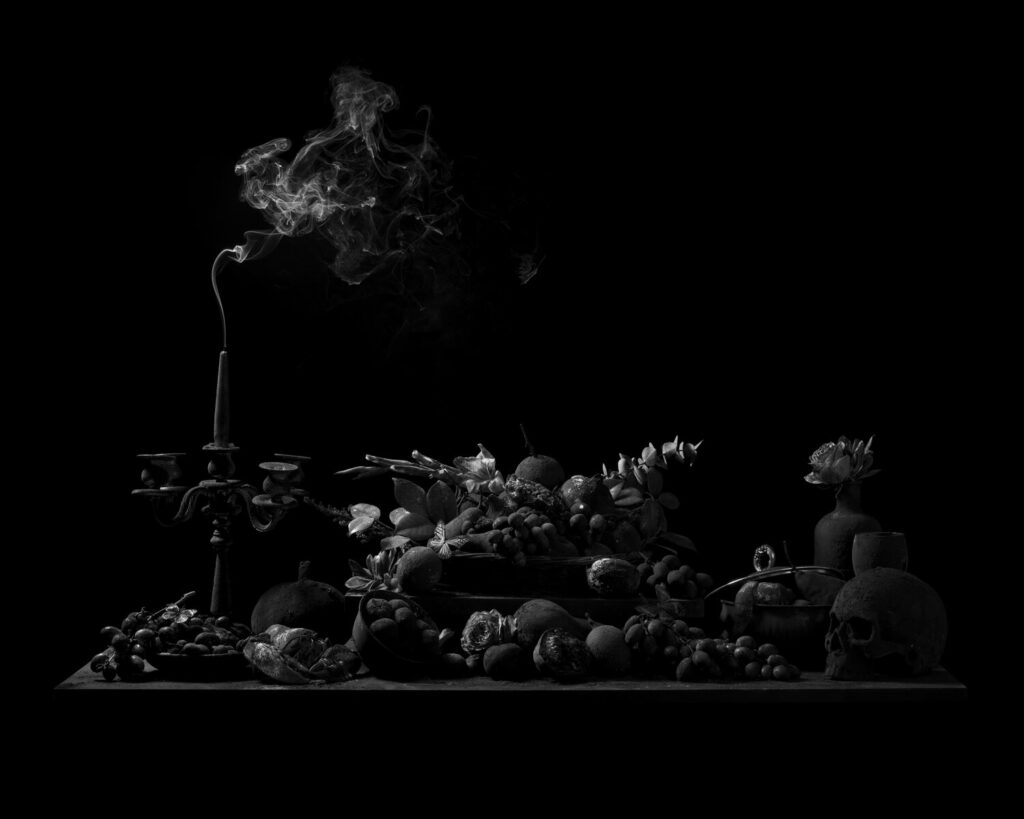
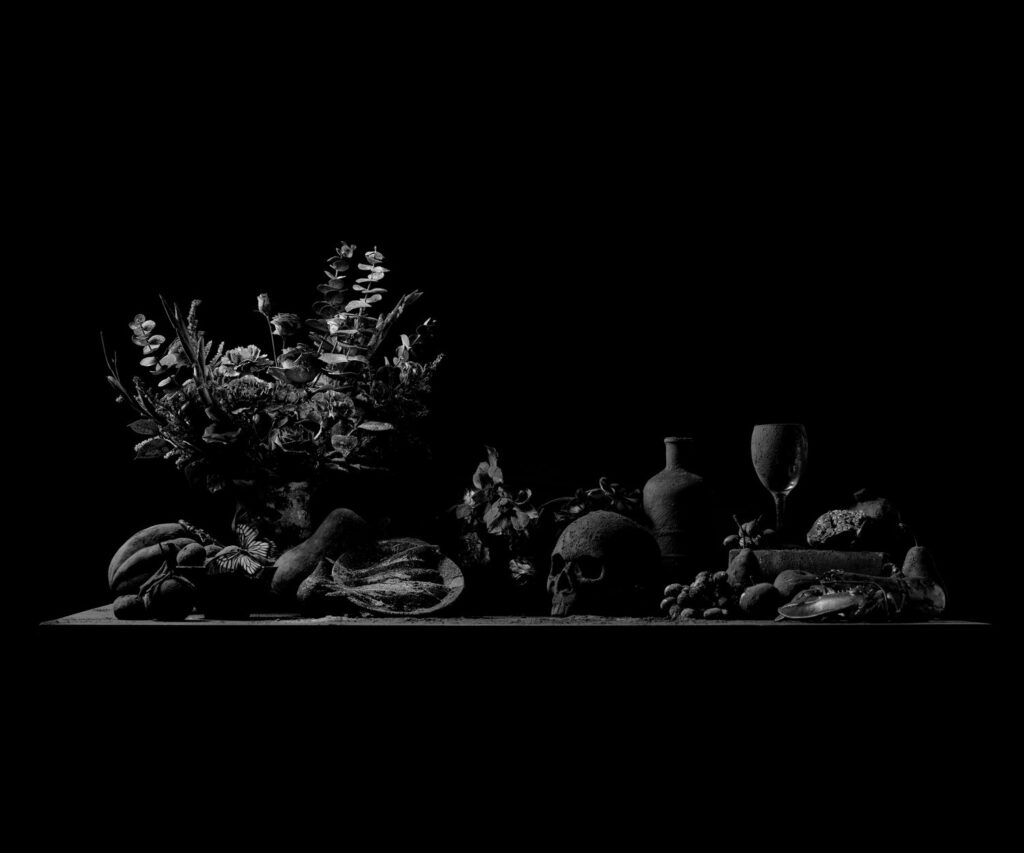
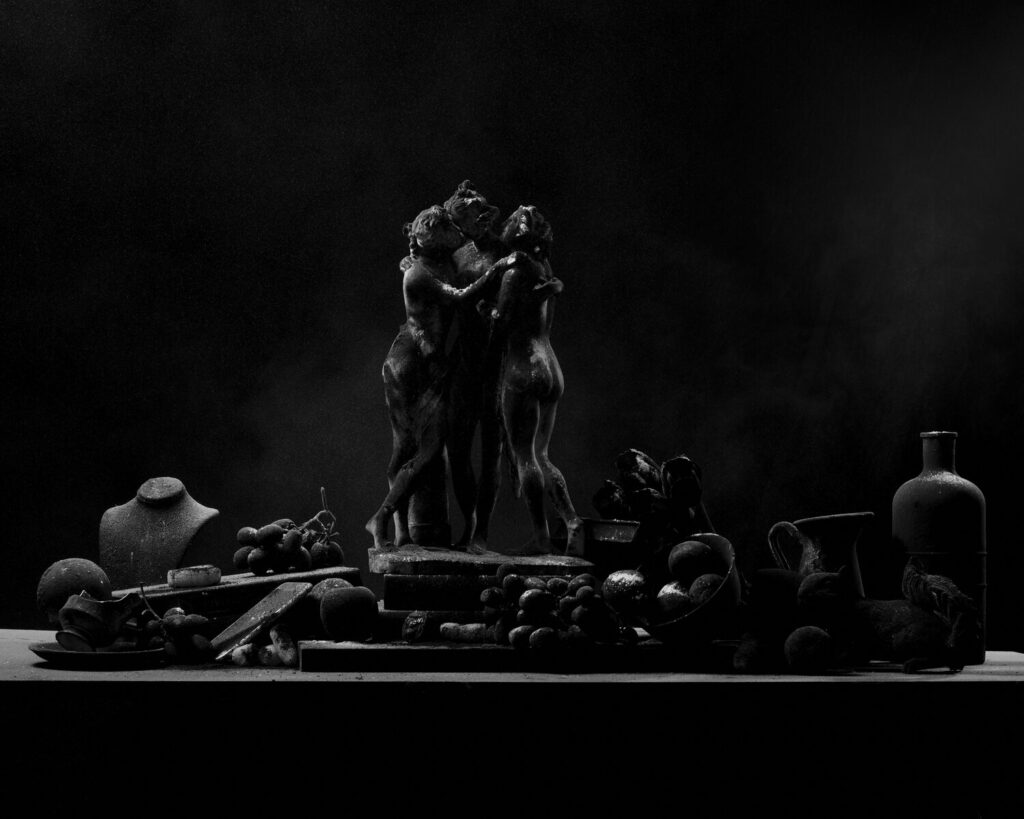
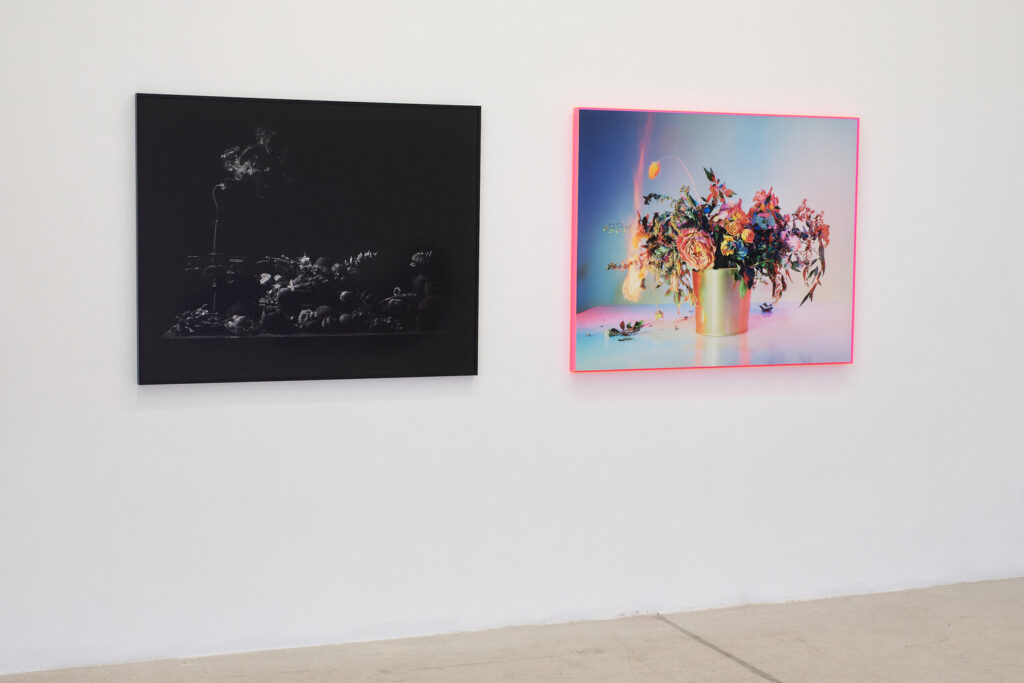
What a great pairing of two very original artists. I have followed Amanda’s work for many years now and I’m happy to be introduced to Ryan Van Der Hout’s work.